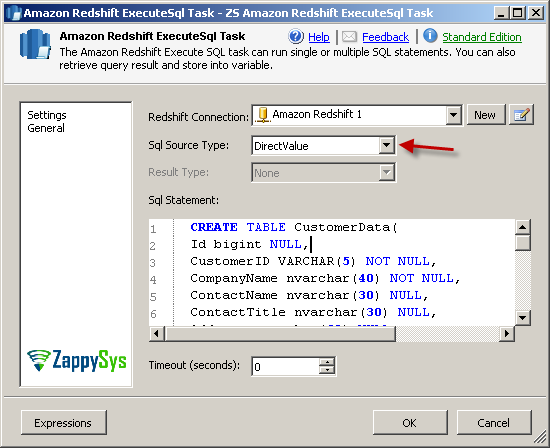
GROUP BY cust.c_customer_id, addr.ca_state ON cust.c_current_addr_sk = addr.ca_address_sk ON sales.ss_customer_sk = cust.c_customer_sk This means that the query isn’t rewritten to use the materialized view if the base tables have more recent updates that aren’t yet reflected in the materialized view.įor example, consider the following SQL query. When creating the explain plan for the query, Amazon Redshift replaces the join between the two tables with the materialized view.īy default, the automatic query rewrite uses a materialized view only if it’s up to date and reflects all changes from its base tables.

With automatic query rewrite, none of the end-user queries have to be modified to refer to the materialized view.

Materialized views precompute the join and store the results so subsequent runs only need to retrieve the saved results no need to run the expensive JOINs each time. In this case, creating a materialized view that joins these two tables could help improve the performance of those queries. There are many situations where you have two large tables that are joined frequently. Let’s look at three different scenarios where the automatic query rewrite feature could help: optimizing joins between two large tables, optimizing joins for tables that have multiple join paths, and optimizing table scans. For information about the materialized view feature itself, refer to Speed up your ELT and BI queries with Amazon Redshift materialized views and Creating materialized views in Amazon Redshift.Īll examples in this post are run on an 8 node ra3.4xlarge cluster with the 3 TB TPC-DS cloud benchmark dataset. In this post, we describe how the automatic query rewrite feature works and some scenarios where you could take advantage of this feature.

#Create view redshift code
In some cases, even if they do have access, the code or script is so old that nobody is familiar with it and you don’t know what regressions even a small change might introduce.ĪWS Week in Review – Generative AI with LLM Hands-on Course, Amazon SageMaker Data Wrangler Updates, and More – July 3, 2023 Consider packaged ISV apps or even just reports- users often don’t have access to the SQL to optimize. This feature is valuable and, in some cases, the only option for performance optimization. Materialized views speed up data access, because the query doesn’t need to rerun the computation each time the query runs, which also reduces the resource consumption.Īmazon Redshift has the ability to automatically rewrite your SQL queries that don’t explicitly reference existing materialized views to use an existing materialized view if it will improve performance. Materialized views precompute and store the result sets of the SQL query in the view definition. Post Syndicated from Harshida Patel original Īmazon Redshift materialized views enable you to significantly improve performance of complex queries that are frequently run as part of your extract, load, and transform (ELT), business intelligence (BI), or dashboarding applications.


 0 kommentar(er)
0 kommentar(er)
